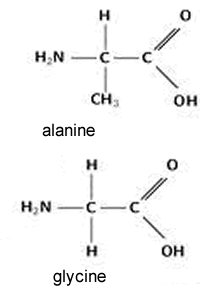A condesation reaction occurs when two functional groups react. Below are some examples.
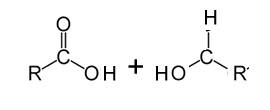
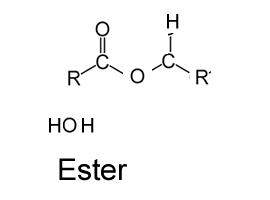
Carboxyl and amine

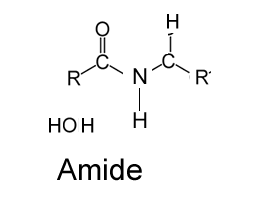
Two hydroxyl groups

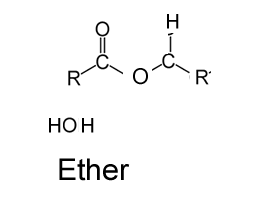
1) One ethanoic acid molecule and one molecule of ethanol react in a condensation reaction to form a bigger molecule.
a) What is the molar mass of this molecule?
b) Draw the strucutral formula of this molecule.
c) What type of functional group is formed as a result of this reaction?
d) Draw the structural formula of the molecule.
2) Glycine and alanine are two amino acids pictured on the right.
a) Draw the structural formula of the molecule that results when the two amino acids react.
b) What type of functional group is formed?
c) Why is this reaction considered a condensation reaction?
